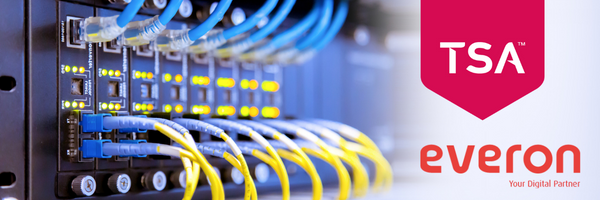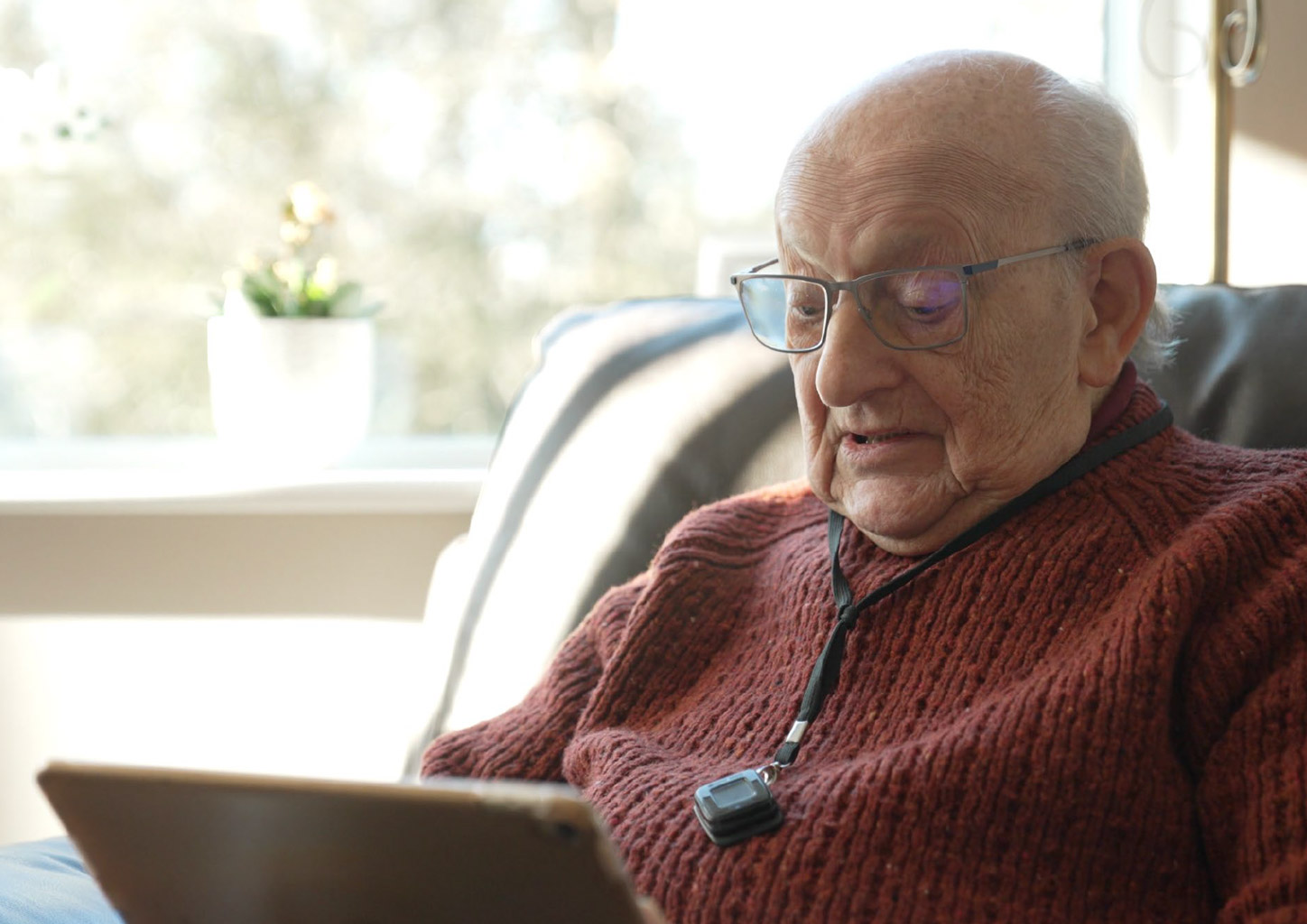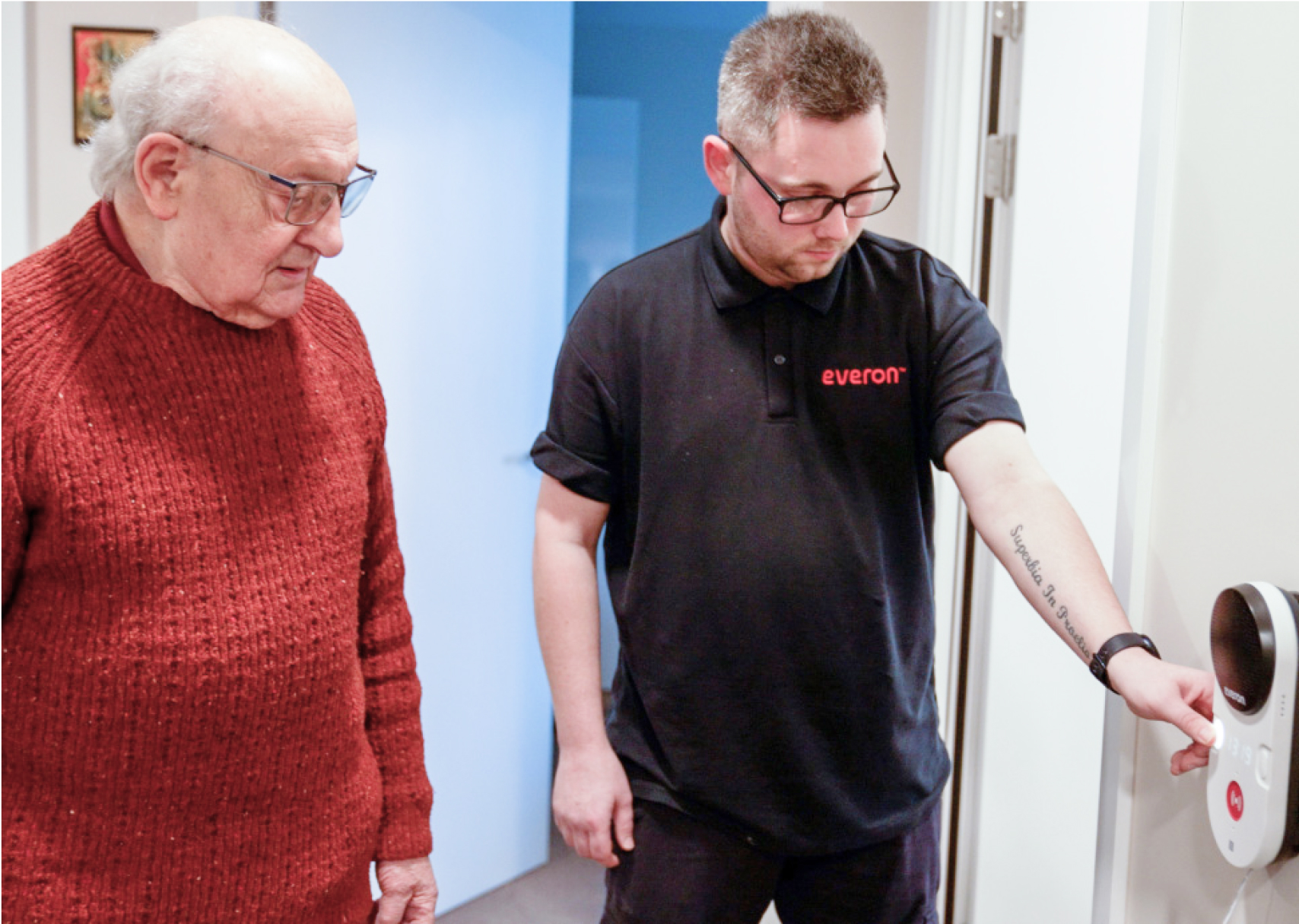
For many users of technology enabled care (TEC), the ability to carry out simple activities like video calling, calling for help following a fall or having the reassurance that someone is on the other end of the line, should they need support can be life changing.
As a result, it is the responsibility of all TEC providers to ensure their customers can transition safely from analogue to digital in a timely fashion. In doing so further highlights their commitment to enable vulnerable users to live as independently as possible within a safe environment.
Disruption to lives
One of the main benefits of digital telecare solutions is their ability to provide personalised support for the elderly, individuals with disabilities, and those with learning difficulties.
Not transitioning safely from analogue to digital poses a risk for all users of these services. For instance, analogue equipment which has not transitioned to digital is less likely to provide 100% reliability and could lead to increasing alarm call failures. This could be life threatening for some users.
Analogue equipment will also see the added challenge of maintenance issues as this equipment will be phased out during the coming years.
The Do’s & Don’ts to Ensure a Safe Transition from Analogue to Digital
The Do’s
Check Reliability
First and foremost, choose a supplier with a track record of delivering high-quality solutions consistently. This will help to ensure that you receive reliable, scalable, and future-proofed digital solutions that meet your unique needs.
The TSA’s recommendation is that all organisations “that supply TEC to their customers should be certified by TEC Quality according to the Quality Standards Framework (QSF)”. To this end, whatever supplier you choose, check that they are committed to high quality and safe services.
Investigate Interoperability
Interoperability continues to be a key aspect of the digital switchover. It is essential to prioritise solutions that are interoperable and can work with other digital systems seamlessly. This will help to ensure that you can integrate your new digital solutions into your existing infrastructure with ease.
In 2021 Everon partnered with national charity Hft. It was important for their support team to have a solution that complimented their existing technology. We were able to personalise our solution to support and enable the individuals to personally develop and learn new tasks.
Just as in the example above, be clear on the level of interoperability you require and check that the supplier you choose can meet your requirements.
Supplier Customer Care
A key aspect of the analogue to digital transition is customer care. It’s crucial to choose suppliers who will prioritise customer care pre and post the digital switchover. This will help to ensure that you receive the support you need during the transition process and beyond.
Communication
With a lot of uncertainty surrounding the digital switchover and how people’s lives may be impacted, communicate regularly with your service users. Keeping them informed through the process will increase their peace of mind.

The Don’ts
Purchase Analogue Systems
By September 2023, Openreach will stop selling analogue phone lines to new customers. As a provider, it is expedient to discontinue the purchase of analogue equipment and channel funds into the purchase of fully digital solutions that are futureproofed and provide value for money. Or in the short to midterm, purchase hybrid solutions whilst a timescale for transition to fully digital solutions can be drawn up.
Defer Key Decisions
A growing concern within the sector is the real risk that many Local Authorities, Housing Associations and Service Providers have left preparations to transition from analogue to digital too late; as a result, increasing the risk to service users.
If you’re yet to take key steps in your analogue to digital transition, the next best time to act is now.
Transitioning from analogue to digital can be a daunting prospect for TEC providers and their service users. However, it's a necessary step to ensure that vulnerable users receive the care they need. With the right supplier, the process can be straightforward and cost-effective.
How can Everon help with your analogue to digital transition?
Everon is the European market leader in digital grouped living solutions. We have a track record of providing digital solutions since 2007 across the Nordics and more recently grouped living and care organisations in the UK. We’re committed to high quality and safe services. As a result, we have been successfully awarded the TSA Quality Standards Framework (QSF) status for the second year running.
Our flexible, wireless, open platform provides personalised solutions that are future-proofed. We continue to build on our experience and excellence by investing heavily in research and development. Our solutions are tried and tested across 70,000+ clients pa.
To find out more about how we can help you transition from analogue to digital technology, visit our website and read the case study.
Frequently Asked Questions (FAQs)
Q: Why is it important to transition from analogue to digital?
A: The transition from analogue to digital is important because analogue technology is becoming outdated, and digital technology offers more benefits, such as increased
reliability, better quality, and greater flexibility. Digital technology also allows for more efficient and cost-effective care, which can benefit both service providers and users.
Q: What challenges can arise during the analogue to digital transition?
A: Some challenges that can arise during the transition include equipment compatibility issues, lack of technical expertise, difficulties in finding reliable suppliers. It's important to address these challenges proactively to ensure a smooth and safe transition.
Q: How can I ensure a safe transition from analogue to digital?
A: Some important steps to ensure a safe transition include choosing a reliable supplier, ensuring interoperability, prioritising customer care, and providing regular communication with service users.
Read the Case Study, here
Find out more about our solutions here

